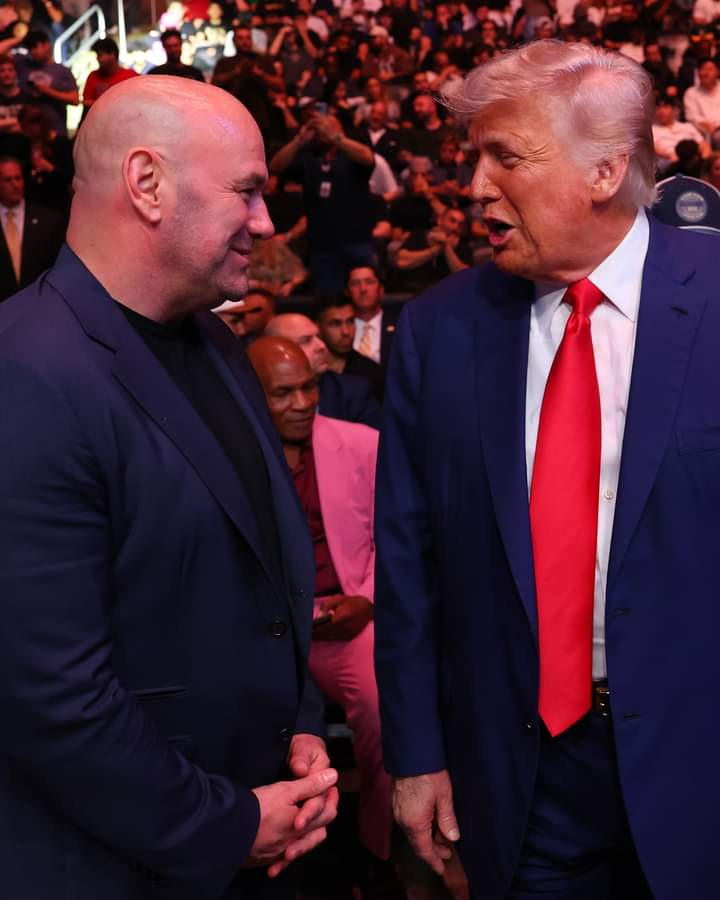In the late 1970s, I was earning a solid wage of $16 to $18 an hour working at a steel mill, a job that allowed me to comfortably support my family. My mortgage was a mere $125 a month, a far cry from today’s soaring housing costs. Life was stable—until everything changed. The decision to lift tariffs on imported steel, particularly from China, marked the beginning of the end for American steelworkers. Foreign governments heavily subsidized their industries, flooding the market with cheap steel and undercutting domestic production. Before long, the mill where I worked shut down, leaving me and countless others without a livelihood.
By the early 1980s, I found myself scrambling to provide for my wife and three children in an economy that no longer valued the labor that once built this nation. Factory jobs that had once offered fair wages vanished, replaced by lower-paying service work that barely covered basic needs. Desperation forced me to pivot—I had to carve out my own path through entrepreneurship, a struggle that became a lifelong necessity. The collapse of steel manufacturing was just the start; the same fate befell the auto industry and other key sectors, eroding the foundation of the American middle class. Decades later, the consequences are undeniable: shuttered factories, stagnant wages, and communities stripped of their economic backbone.
Some argue that free trade brought cheaper goods, but at what cost? Sending production overseas didn’t just kill jobs—it drained wealth from our towns and funneled it into foreign economies. The immediate savings on inexpensive imports pale in comparison to the long-term damage inflicted on American workers. When entire industries vanish, so does the ability of families to thrive. The promise of globalization was prosperity, but for many, it delivered financial insecurity and a hollowed-out job market. The ripple effects are still felt today, as younger generations face dwindling opportunities in fields that once guaranteed stability.
Rebalancing trade policies could be the first step toward reversing this decline. Fair competition, not predatory pricing fueled by foreign subsidies, would allow American industries to regain their footing. If companies were incentivized to manufacture domestically again, well-paying jobs would return, circulating money back into local economies rather than overseas. Critics might argue that consumers would lose access to ultra-cheap products, but the trade-off is a stronger, self-sufficient nation where workers aren’t forced into financial precarity for the sake of bargain prices. The real cost of “cheap” is a weakened middle class.
The solution isn’t about clinging to the past but rebuilding an economy that prioritizes its own people. Revitalizing manufacturing wouldn’t just restore jobs—it would renew a sense of pride and purpose for communities abandoned by offshoring. When workers earn decent wages, they spend in their own neighborhoods, fueling growth that benefits everyone. The decline of steel was a warning, one we can’t afford to ignore again. The path forward requires policies that put American labor first, ensuring that prosperity isn’t just a memory but a reality for future generations.



